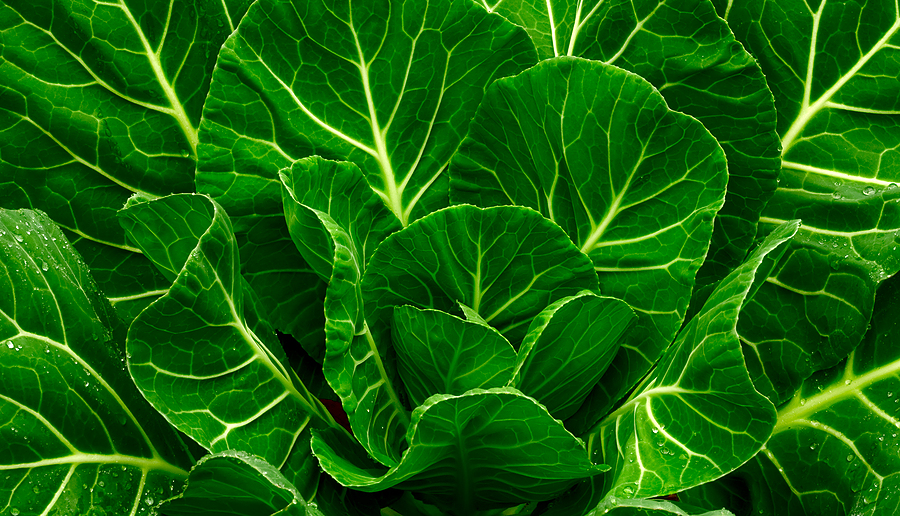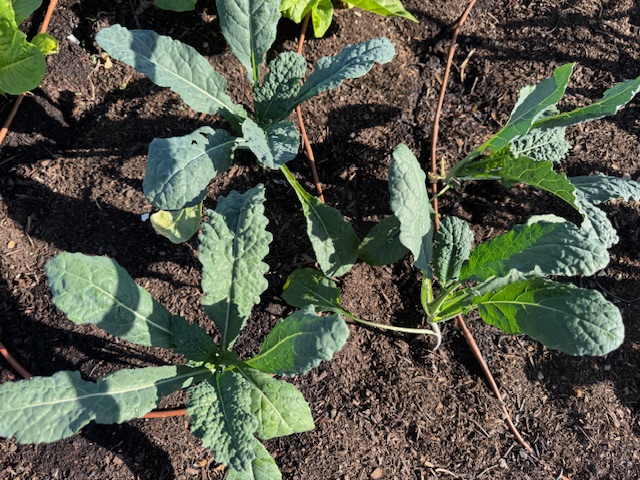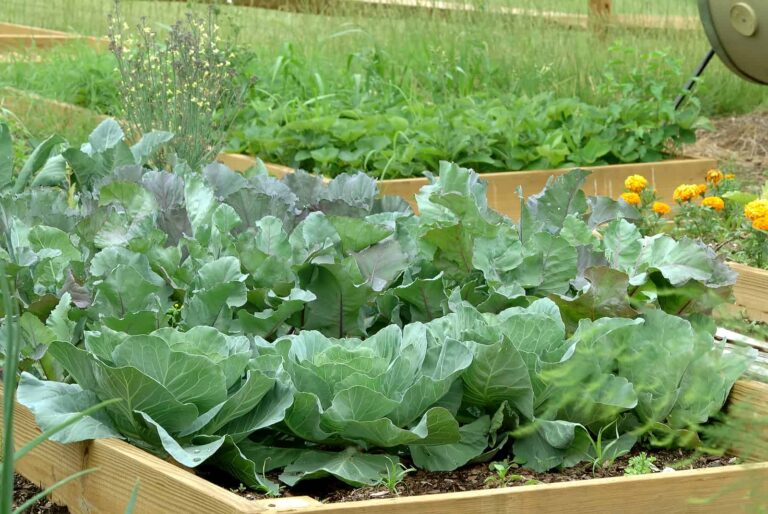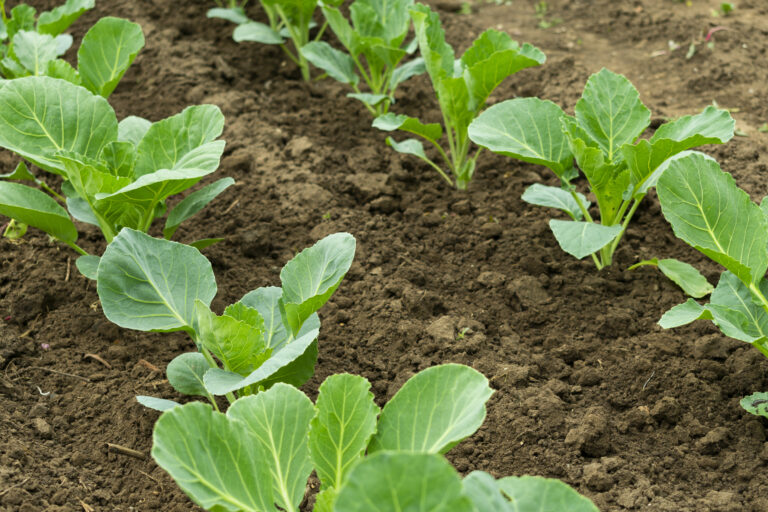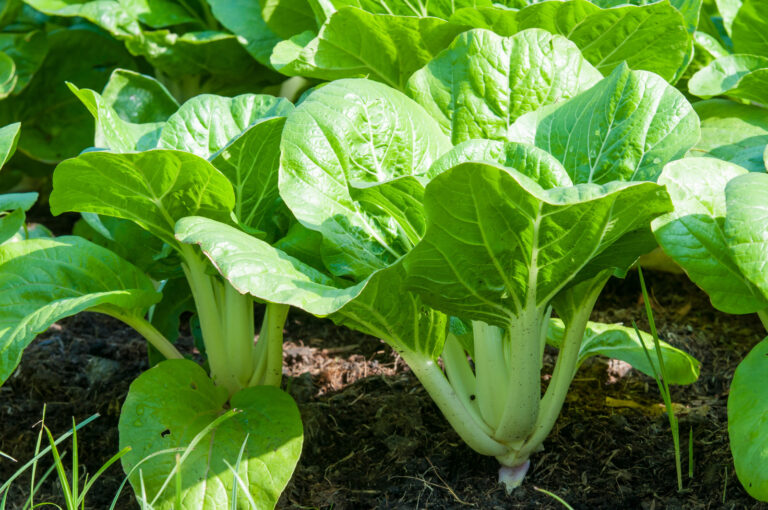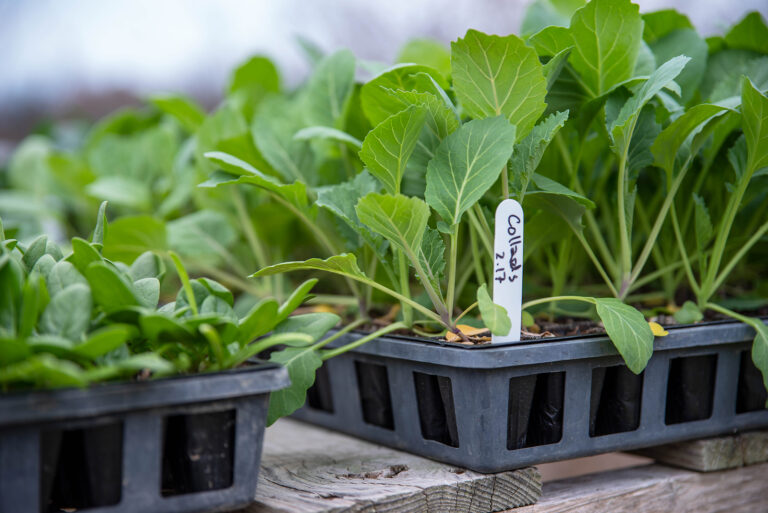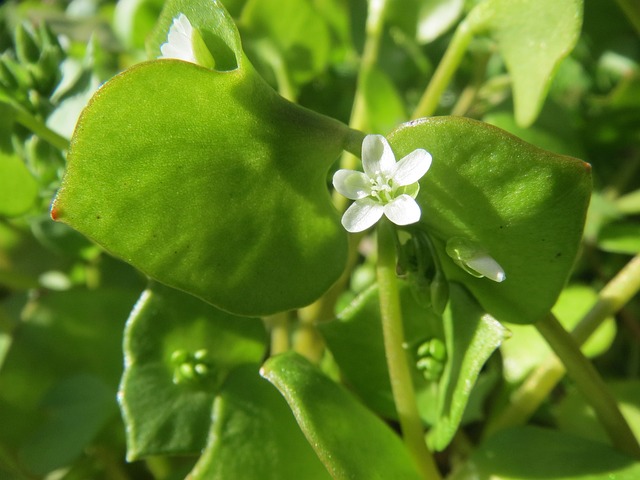How to Water Collard Greens for Healthy Growth
Watering is one of the most important factors in growing collard greens. Over the past 30 years of gardening in California’s Central Valley and Sonoma Valley, I’ve seen collards thrive when watered consistently and struggle when the soil was allowed to dry out. Proper watering ensures tender leaves, prevents bitterness, and helps collards resist pests and disease.
How Much Water Collard Greens Need
Collards require about 1 to 1.5 inches of water per week, whether from rainfall or irrigation. In my raised beds, I’ve found that an inch of water applied deeply once or twice a week is far more effective than light, frequent sprinkling. Deep watering encourages strong root growth, which helps collards handle dry spells.
Tip from experience: When collard leaves begin to droop slightly in the afternoon sun but recover by evening, they’re usually getting the right amount of water.
Best Time of Day to Water Collards
Water early in the morning so leaves can dry quickly, reducing the risk of fungal diseases. Evening watering leaves plants damp overnight, which often invites problems like downy mildew.
Soil Moisture and Mulching
Collards grow best in evenly moist soil—not soggy and not bone dry. Adding a 2–3 inch mulch layer around plants helps retain moisture and reduces watering frequency. In my garden, straw mulch has consistently kept soil cooler and collard leaves more tender during warm spells.
Watering Methods
- Soaker hoses or drip irrigation: Deliver water directly to the roots, conserve water, and keep leaves dry.
- Overhead sprinklers: Work in a pinch but can promote disease if leaves stay wet for too long.
- Hand watering: Effective for small beds or container collards, especially when checking soil moisture daily.
Adjusting Watering by Season
- Spring: Collards need steady moisture as they establish.
- Summer (hot climates): Water more often, especially for container-grown collards. Afternoon shade can reduce stress.
- Fall/Winter: Less frequent watering is needed as temperatures cool, but don’t let the soil dry out completely.
My Experience
Consistent watering is the key to healthy, flavorful collard greens. By giving collards about an inch of water per week, watering in the morning, and using mulch to retain moisture, you’ll encourage steady growth and avoid the stress that leads to tough, bitter leaves. From decades of gardening experience, I can say that water is the one factor you can’t overlook if you want abundant, tender collard greens.
Collard Greens Watering Schedule
| Growth Stage | Watering Frequency | Notes / Tips |
|---|---|---|
| Seedlings | Every 1–2 days, light watering | Keep soil consistently moist, avoid washing away seeds. |
| Young Plants (2–4 weeks) | 2–3 times per week, 0.5–1 inch each | Encourage deep roots by watering slowly and evenly. |
| Established Plants | 1–2 times per week, 1–1.5 inches each | Use drip irrigation or soaker hoses for deep, targeted watering. |
| Hot Summer / Containers | 3–4 times per week, adjust based on soil moisture | Container soil dries faster; mulch helps retain moisture. |
| Fall / Cool Weather | Once per week or as needed | Reduce watering; check soil moisture before watering. |
💡 Tip from My Experience:
Apply water in the morning for best results. Mulching with straw or shredded leaves keeps soil cool, conserves moisture, and helps leaves stay tender.

